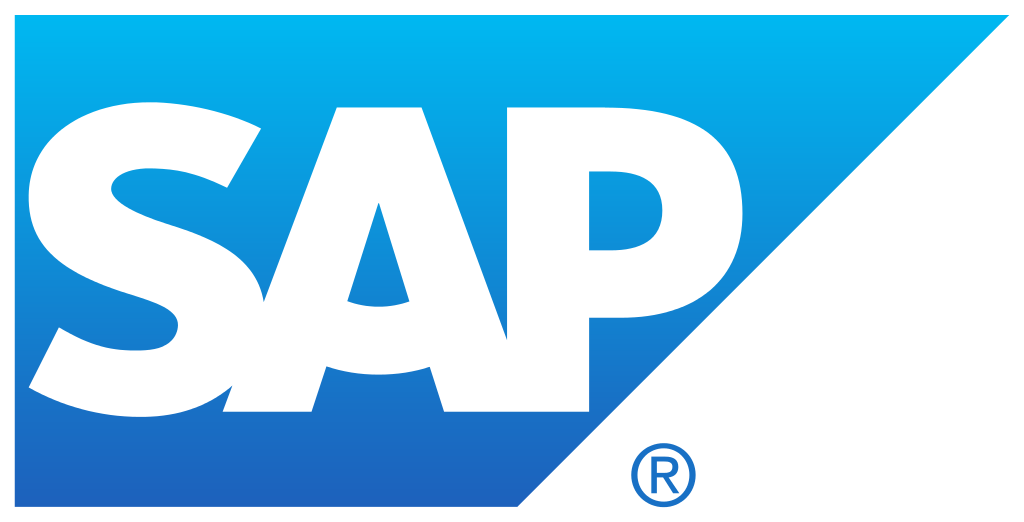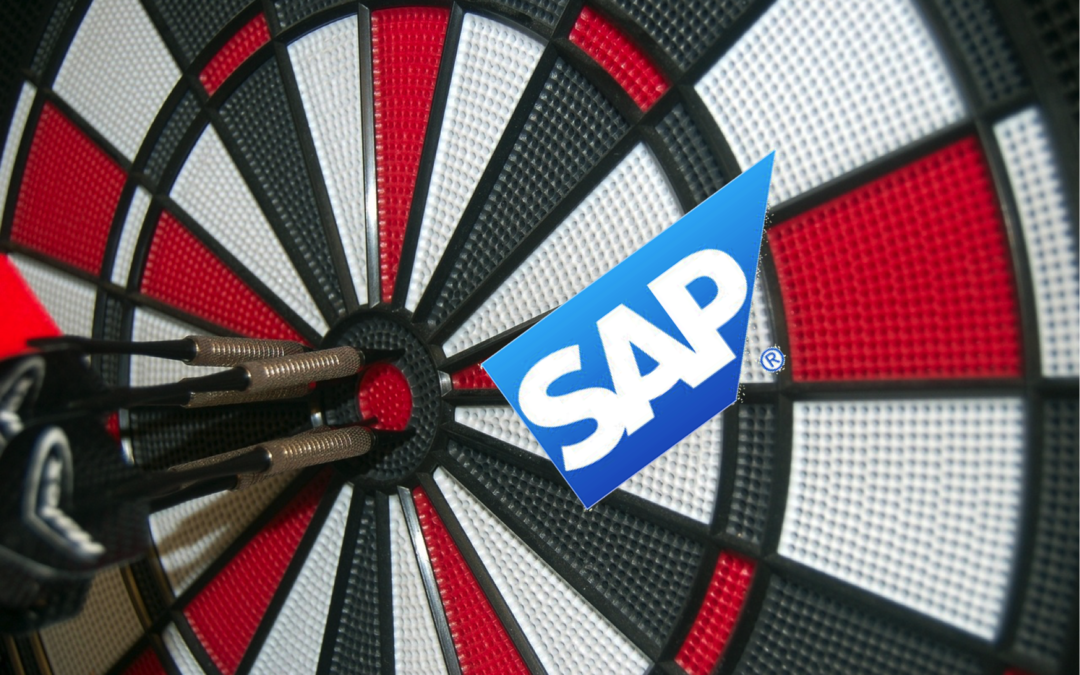
by twieberneit | Dec 2, 2019 | Blog |
After having covered some press releases about new releases and commenting some interesting organizational changes it is time to have a look at another topic – the need for consistency in a suite of cloud products. Consistency not only in the most obvious part of a family of products and solutions – the user interface – but the more important aspect of consistency, namely the data model. If you wonder how this relates to customer experience I invite you to read on. This post is actually spurred by a brief conversation that I had with Jon Reed of Diginomica about this very topic during one of the recent CRM Playaz episodes. Btw, if you do not yet listen in to the LinkedIn conversations of CRM Playaz Paul Greenberg and Brent Leary, discussing important developments and current events in the world of CRM – then you should. Really! But I digress. Back to the topic. The question is about whether it is necessary to have a unique data model or not. And this question might be answered differently, based upon the definition of ‘data model’. There is no doubt that a unique data model across applications is very helpful, actually a necessity. Where there is doubt, is whether this data model needs to be defined on database level or not in order to be really helpful. My point of view is that it does not need to be defined on database level. This point of view might be contradicting some ‘common sense’ wisdom and the strategy that some very successful companies are pursuing, including Oracle – as it seems –...

by twieberneit | Oct 12, 2019 | Analysis, Blog |
It has been a while since I last mused about things S/4HANA and C/4HANA (or Customer Experience Suite) at SAP. So, it is time to have a look at what happened since. Last year I concluded that “the differentiation between the old world transactional systems and the systems of engagement is more and more being sorted out” and that the “modularization of the various clouds into ‘Micro’-Services would allow for a seamless recombination of systems that allow for the definition of functional scope according to customer needs as opposed to only offering pre-packaged systems”. Has there been any change, since? Let’s go along the questions that I asked in my previous post. How reliable is the roadmap, or rather, are the roadmaps? At the end of the day there is the eternal dilemma between flexibility and stability. How to go ahead with multiple back end systems? How are engines and industry solutions dealt with? How is the differentiation between S4 including customer management and the C4 offerings? All these questions continue to be relevant, as they are touching the core of SAP’s strategy. What is the current answer to them? Let me give my take on them, as I see it evolving. Just to be sure, this is my observation and me listening to customers, not an official word of SAP. Just my interpretation. After all I am not on the distribution list of SAP’s internal strategy discussions. Being a CRM guy and a suite guy, for me the last question is the elephant in the room. The answer to where SAP sees the boundary between S4 and C4...

by twieberneit | May 24, 2018 | Analysis, Blog |
The News On May 21, 2018 Adobe announced that it has entered a definitive agreement to acquire Magento Commerce. The obvious objective of Adobe is to integrate Magento’s commerce capabilities into their own experience capabilities. According to Brad Rencher, executive VP and general manger, Digital experience, with this acquisition Adobe is the “only company with leadership in content creation, marketing, advertising, and now commerce – enabling real-time experiences across the entire customer journey”. Magento Commerce (Magento) is a ”leading provider of cloud commerce” software to merchants and brands. Magento covers both, B2C and B2B vendors. The company is listed as a strong performer for both, b2b- and b2c ecommerce solutions in this year’s Forrester Waves on Commerce Suites. The Bigger Picture Adobe is all about ‘delivering experience’. You should read the second part of friend Paul Greenberg’s recent ZDNet article on Adobe where he explains customer experience, brand experience, and consumable experiences – and where he sees Adobe in this triple – in his uniquely great fashion. A marketing suite like Adobe’s Experience Cloud needs channels into which the insights, that the marketing solution generates, are pushed. The most important one being e-commerce. E-commerce is also the channel that offers most potential. The technology is no more bound to just a commerce web site. The site is just one possible interface. As is a chat bot in Facebook Messenger. As is Alexa. Or Siri. Or Google Assistant. You get the picture. Further, an e-commerce site is not only the foremost channel to send marketing communications to (and to deliver experiences), but also one of the most important input channels...

by twieberneit | Jun 12, 2017 | Analysis, Blog |
After having talked with Volker Hildebrand about the future of SAP CRM and whether or not there will be a CRM component in S/4HANA at CRM evolution 2017 I now had the chance to follow up with some folks back at SAP in Walldorf. A little Recap Volker told me that, unsurprisingly, SAP is working actively on adding CRM functionality into S/4HANA. In fact, they are merging SAP CRM into it. This is in my eyes meanwhile also the preferred of the two possible options; the other one would be marrying SAP Hybris C4C into S/4HANA. This is the approach which I originally preferred as it would lead to a cleaner code base. I changed my mind, putting customer friendliness reasons over technological cleanliness. The main advantages of merging SAP CRM into S4/HANA over SAP Hybris C4C are that this approach Opens a future roadmap for current SAP CRM customers that stretches beyond 2025. These customers else are at risk of defecting. Provides the continued chance for customers to run their SAP instance on-premise. According to Volker there are still a good number of customers that do not want to run their instance in the cloud. The key word here is choice. It simplifies the system landscape and its operation And this approach works, in spite of SAP seemingly having numerous studies that lay out in detail that SAP CRM could never work as part of an ERP. Now What is Going On? As said, SAP is merging SAP CRM into S/4HANA. This will not be a simple merge but CRM will become and Add On to S/HANA. This...

by twieberneit | May 18, 2017 | Analysis, Blog |
A while ago I had the pleasure of talking with Austin Willms who took me through a tour presenting GreenRope, a CRM solution for small businesses that offers three ‘suites’ of functionality across ales, marketing, and operations. The operations suite probably needs a bit of explanation but is essentially the customer service portion plus functionality covering project- and event management, knowledge management, a wiki, collaboration and – important – the majority of contact management functionality. The Sales suite covers workflows, activities, leads, and contact handling and the marketing suite provides marketers with the tools they need to do their job. ‘Their job’ mainly being e-mail- and website-marketing, with some social media marketing added to it. This is something that GreenRope is particularly well geared for. The software has its origins as an e-mail marketing tool that evolved into a business suite of CRM-related tools that supports additional customer requirements. The objective behind it is to provide as many tools as possible in very affordable packages, while being able to support a nearly unlimited number of contacts. GreenRope has customers that run the solution for millions of contacts in their database. The philosophy behind GreenRope is that it shall make people effective, by allowing them to organize easily and efficiently. It is not necessarily there to serve as an immediately revenue generating tool. There is no preferred industry for GreenRope, although its ability to deal with millions of contacts shows a B2C affinity. This making it easy for users philosophy is also exhibited by GreenRope regularly sending mails that help in the onboarding process and the easily accessible and very...






